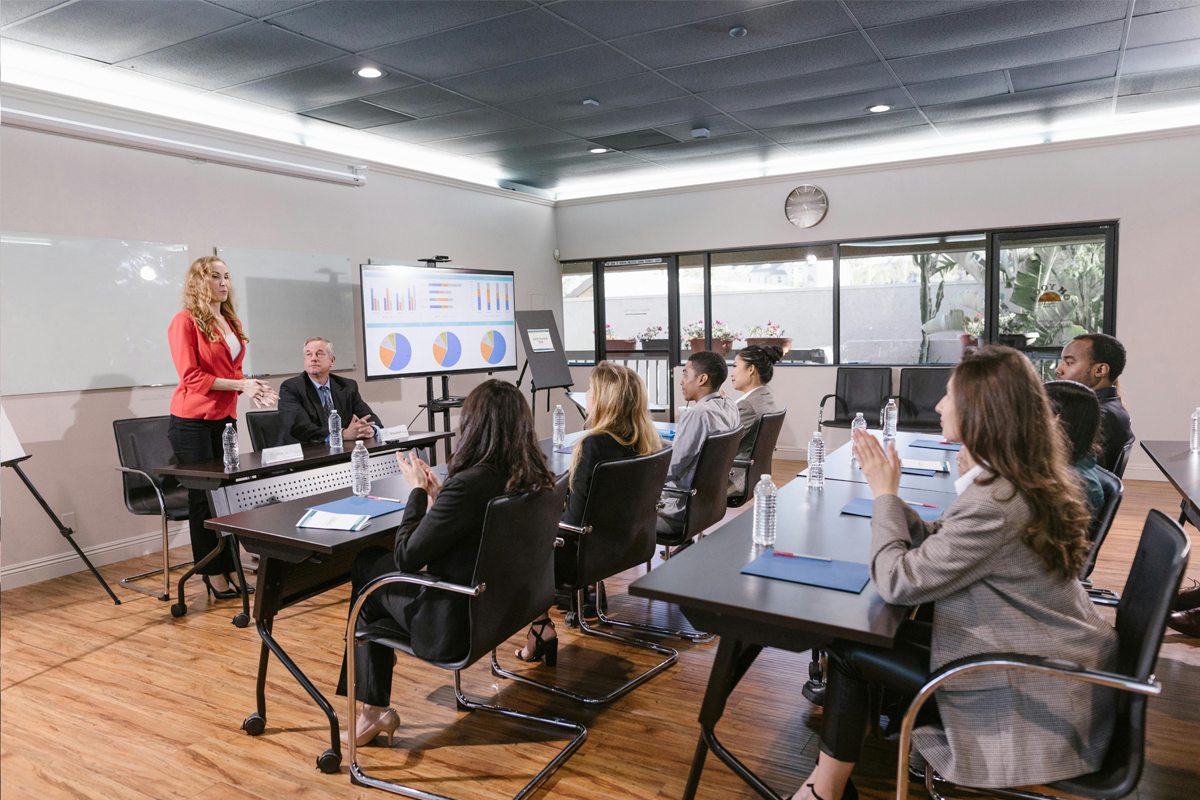Creating an Effective Collaborative Environment
To foster successful collaboration, organizations must implement strategies that facilitate effective teamwork. One key strategy is establishing clear goals and expectations for collaborative projects. This clarity ensures that all team members are aligned and understand their roles within the group. Additionally, creating an environment that encourages open communication and feedback is essential for collaboration to thrive.
Implementing Collaborative Tools
Modern technology offers numerous tools designed to enhance collaboration. Tools such as project management software, communication platforms, and document-sharing systems can significantly improve the efficiency and effectiveness of collaborative efforts. By utilizing these tools, teams can easily share information, track progress, and stay connected, regardless of their physical location.
Encouraging Diverse Input
Encouraging diverse input is crucial for successful collaboration. Diverse teams bring a range of perspectives and expertise, which can lead to more innovative solutions. To leverage this diversity, create opportunities for team members to contribute their ideas and perspectives. Regular brainstorming sessions and inclusive decision-making processes can help ensure that all voices are heard and valued.
Providing Training and Development
Training and development programs can enhance collaboration by equipping team members with the necessary skills and knowledge. Offering workshops or training sessions on effective communication, conflict resolution, and teamwork can improve individuals’ ability to collaborate effectively. Investing in these programs demonstrates a commitment to fostering a collaborative culture and supports ongoing professional growth.
Recognizing and Rewarding Collaboration
Recognizing and rewarding collaborative efforts can reinforce the value of teamwork within an organization. Celebrating successes achieved through collaboration motivates employees to continue engaging in collaborative behaviors. Implementing a recognition program that highlights and rewards effective teamwork can create a positive environment where collaboration is encouraged and appreciated.
Conclusion
Effective collaboration is supported by clear goals, the right tools, diverse input, training, and recognition. By implementing these strategies, organizations can create a collaborative environment that enhances team performance and drives success. Investing in collaboration not only benefits individual projects but also contributes to a stronger, more cohesive organizational culture.

